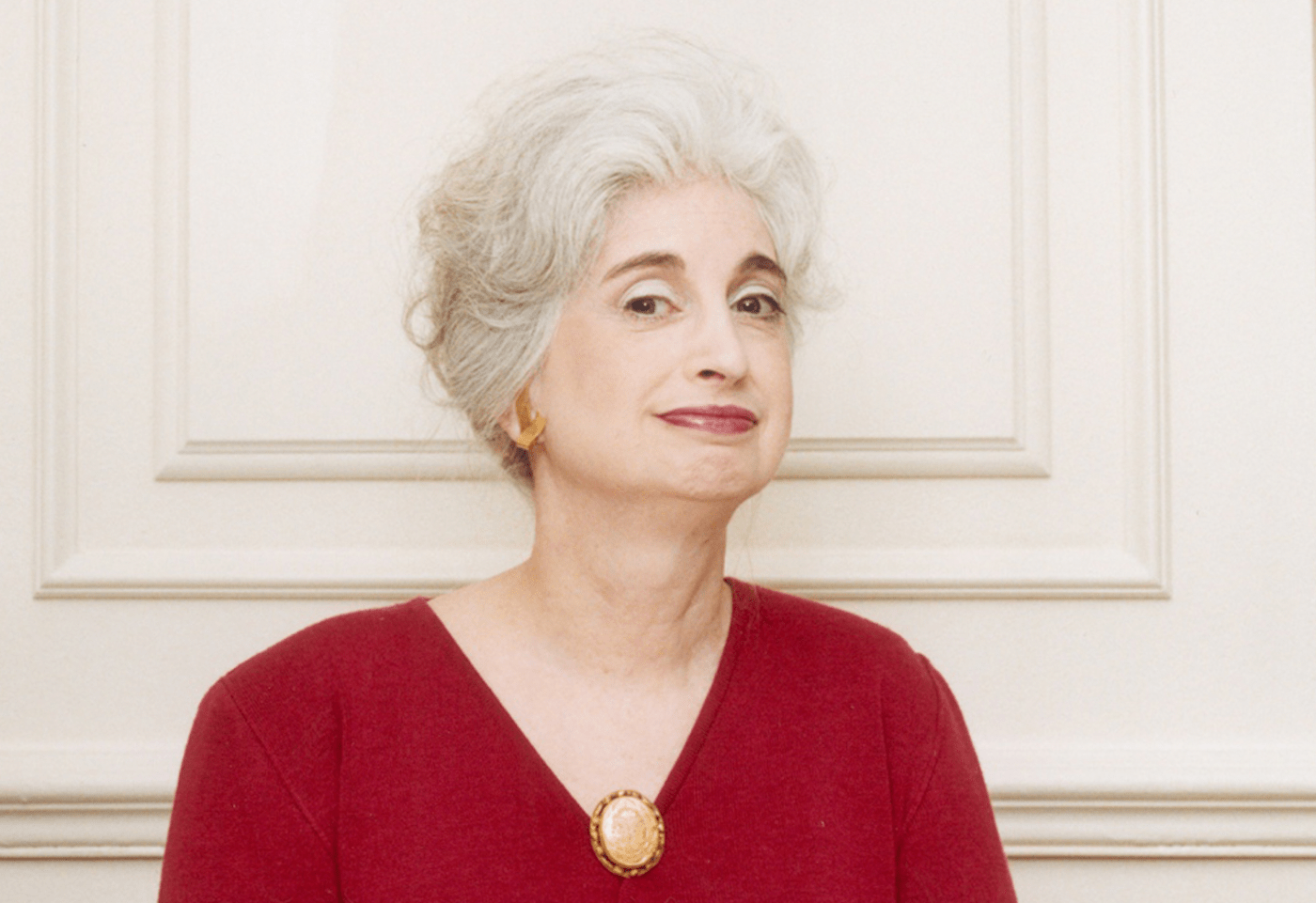It’s an era of eggflation, and Easter is on its way. Egg prices nationwide in February were up 59% from the prior year, and although prices have stabilized somewhat in the past month, they remain quite steep: $6.05 for a carton of a dozen eggs that comply with California’s egg laws, down from $10.35 a few weeks ago. That’s why 2025 might be the year to skip shelling out for eggs and consider going eggless for your next spring feast.
We asked the expert plant-forward chef Katie Reicher, who’s executive chef at San Francisco’s Greens restaurant, for her tips on eggless spring recipes — and about her forthcoming cookbook, “Seasons of Greens,” out April 22.
Greens started in San Francisco in 1979 as a part of the San Francisco Zen Center. It’s a farm-to-table vegetarian restaurant with ingredients sourced from its organic farm, Green Gulch.
Q: Tell me about Greens and its legacy. Greens was a leader in making vegetarian cuisine more popular back in the day, right?
A: I like to describe Greens and how influential it was by talking about our black bean chili recipe. Today, everybody knows black bean chili. When we were founded in 1979, Chef Deborah Madison developed that chili recipe. She used black beans because they were exotic beans at the time. Greens pioneered recipes like that — our black bean chili may be the first, if not one of the first.
“Seasons of Greens” by Katie Reicher (Weldon Owen, $45), executive chef at the iconic vegetarian restaurant Greens in San Francisco, highlights seasonal, plant-forward recipes. (Courtesy Weldon Owen)
Q: What is the restaurant’s connection to the San Francisco Zen Center? And how does Buddhism shape the restaurant?
A: We were founded by the Zen Center, so in our early years, we were completely run by Buddhists. We still have a strong relationship with the Zen Center. It used to be a place where they said prayers and was a Buddhist work-practice facility. Now, I think we see it more in our company culture. We don’t really have any rituals per se, but we lead with compassion. We try to make it as much of a learning environment as possible. And I think that’s I think that shows in our staff retention. The restaurant industry is notorious for high turnover, and we have a man in my kitchen who’s been there since before I was born.
Q: How did you arrive at Greens?
A: I found Greens through the Culinary Institute of America. I was an intern first. I’m from New York and attended the Hyde Park campus, but I was 21 at the time and wanted to get away. That was 10 years ago, and I’ve been here ever since. Needless to say, I loved it. I found the approach to vegetables and California cuisine very special. I met my husband during my second week in San Francisco, and we got married two years ago. It’s been a long journey, but I’ve been at Greens the entire time because I love it so much. I graduated from culinary school, then came back to work as a line cook for two years, and then I was a sous chef for another two years and change. I took over as executive chef in 2020.
Q: That must have come with some challenges. Since you’ve been executive chef there, what kind of changes have you seen in the industry? How have you adapted? And what’s your outlook moving forward?
A: In the pandemic, my main goal, more than just surviving as a restaurant, was taking care of my staff. We treated it somewhat like a startup. We brought back only seven employees at first, but we kept in contact with everyone, and made sure that if anybody was having some trouble financially or with food, we made sure everybody was doing okay. We brought back people as soon as the business grew to a point where we could sustain them. It was actually a great opportunity to evaluate our systems that had been built over 40 years. For example, we used to outsource our bread, but the pandemic gave us some time and space to research and develop our own bread program, so now everything is made in-house, which is great.
We also used to have a Greens To Go counter, which was beloved by the community. But over the last 10 years or so, with the rise of delivery apps and changes in people’s eating habits for lunchtime, they saw that the counter was kind of obsolete. We had never tried takeout through our main menu before, so it was a little bittersweet to sunset Greens To Go, but we were able to start offering our entire community Greens takeout.
Q: What other changes have you made at the restaurant?
A: I worked hard to revolutionize the menu and expand our global reach so we represent more countries than we did before. Now we have dishes from Iran, Ethiopia, Ukraine and Korea. We’ve always taken this global inspiration, but now we’re trying to be as diverse and inclusive as possible.
We’re also incorporating some more modern techniques. I write in the cookbook about the deep fryer debate. We didn’t have a deep fryer for years, but I ended up caving after three years of going back and forth, and I bought this little tabletop one that could hold like two chili peppers at a time.
We’ve never fried things. But I think vegetarian cuisine has modernized to such an extent that I felt like I would be depriving our guests of a key texture without it.
Q: What inspired you to write this cookbook?
A: I’ve been wanting to write a cookbook my entire life. It’s always been a dream of mine. Our last cookbook for Greens was written over 20 years ago, and a lot has changed in the industry. I wanted to share with folks what we’re doing and how we’re still pioneering and leading the charge with vegetarian cuisine.
I truly loved writing the entire book. It was a lot of work, of course, but it really was a joy to share what’s inside my head. Greens is a high-volume restaurant — we serve over 120,000 people a year. I try to talk to guests whenever I can, but in addition to running the kitchen, I run the entire operation, so it can be hard for me to get out there sometimes and meet all 120,000 people. Writing the book felt like talking to the people that I don’t always get to talk to.
Q: What advice would you give home chefs looking to incorporate more vegetarian recipes into their cooking?
A: The best advice is to not be afraid of making a mistake and start with what you’re comfortable with. Greens as a whole is a great place to start. I like to say we’re a vegetarian restaurant for people who are not vegetarian. We have pizzas and pasta and things that you might recognize, like steak au poivre, just with mushrooms this time, and shepherd’s pie —things that you already recognize. We’re not trying to replicate things that have meat in it, but we try to make it in a format that at least people can understand. For instance, a vegetarian salad is as simple as just not putting meat on it.
Q: What tips do you have for spring cooking?
A: If I had to describe springtime: it’s green, it’s funky, and it smells like the onion grass that grows outside right after the frost. I like to use simpler techniques this time of year, and not go heavy-handed with bold flavors like harissa or things like that. A lot of the spring recipes are very flavorful, but they’re light, bright and often use lighter aromatics. For instance, my yellow curry recipe is flavored with lemongrass versus a heavier flavor like garam masala. This time of year, I love asparagus, peas and light tender greens, like spinach. This is a great time of year to start getting back to the farmers market — or going in general — and just playing with what’s out there.
Details: “Seasons of Greens” by Katie Reicher (Weldon Owen, $45) is out April 22. Greens is open Tuesday-Friday 11:30 a.m.-2:30 p.m. and 5-9 p.m. and weekends 10:30 a.m.-2:30 p.m. and 4-9 p.m. at Building A, 2 Marina Blvd, San Francisco; greensrestaurant.com.





